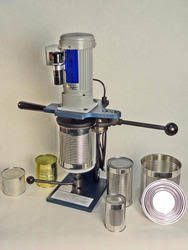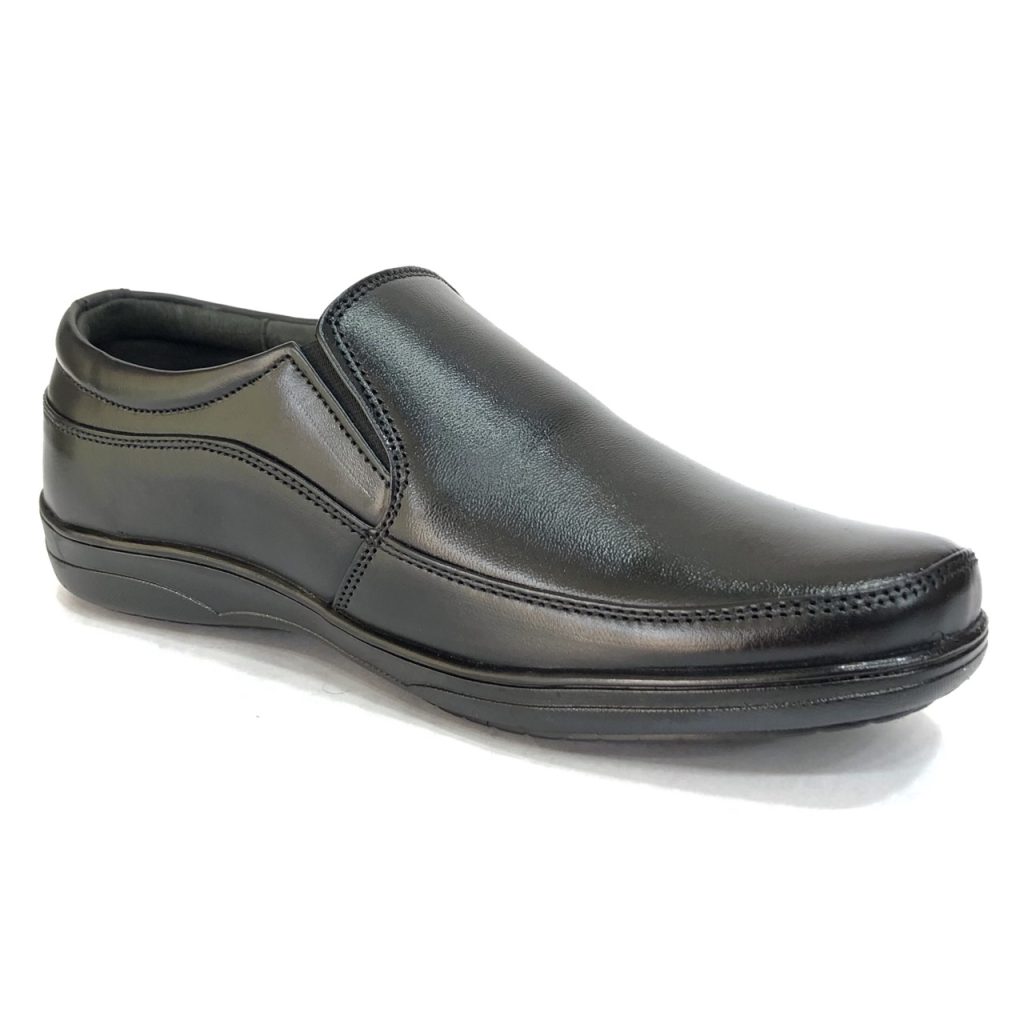For any avid camper, a reliable portable toilet is not just a convenience but a necessity. When venturing into the great outdoors, access to proper sanitation can make or break the experience. Portable toilets offer a practical solution, ensuring that campers can maintain cleanliness and hygiene regardless of their location. These units are designed with functionality and convenience in mind, catering to the specific needs of outdoor enthusiasts. One of the primary advantages of a portable toilet is its versatility. Unlike traditional fixed toilets, portable options can be easily transported and set up virtually anywhere. Whether you are camping deep in the wilderness, attending a music festival, or on a long road trip, having a portable toilet means you are never far from a sanitary facility. This flexibility is especially crucial in remote areas where access to public restrooms may be limited or nonexistent. Moreover, portable toilets contribute significantly to environmental conservation. Many modern designs are eco-friendly, incorporating features such as biodegradable waste bags or chemical treatments that break down waste safely.
This minimizes the environmental impact of human waste disposal, making portable toilets a responsible choice for conscientious campers. In terms of comfort, portable toilets are designed to provide a hygienic and comfortable experience. Most models include features like toilet paper holders, hand sanitizers, and odor control mechanisms to enhance user comfort. This ensures that campers can maintain personal hygiene standards even when camping far from traditional facilities. Safety is another critical consideration for campers, especially in unfamiliar or secluded areas. Portable toilets offer a secure and private space for personal needs, reducing exposure to potential hazards associated with using makeshift outdoor facilities or venturing into unfamiliar terrain in search of a restroom. Additionally, portable toilets promote responsible outdoor ethics by minimizing human impact on natural landscapes. By containing waste in a controlled manner, these toilets help preserve the pristine beauty of camping destinations for future generations to enjoy.
For families with young children or elderly members, portable toilets provide added convenience and peace of mind. They offer a familiar and accessible solution for individuals who may have difficulty accessing traditional restroom facilities or need more frequent access to toilets. Maintenance of portable toilets is relatively straightforward, typically involving emptying and cleaning as per the manufacturer’s instructions. Many camping grounds and outdoor venues provide designated dumping stations for disposing of waste safely and responsibly. Overall, investing in a reliable portable Kampeertoilet enhances the camping experience by ensuring that basic hygiene needs are met efficiently and comfortably. Whether you are embarking on a weekend getaway or an extended outdoor adventure, having a portable toilet on hand can significantly improve comfort, safety, and environmental responsibility. As outdoor recreation continues to grow in popularity, portable toilets remain an essential accessory for campers seeking to enjoy nature without compromising on sanitation standards.





